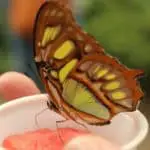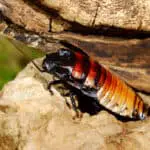If you are planning to start keeping ants as pets, one of the questions that you will ask for sure is “which species should I start with?” Selecting the correct ant species to keep is important for anyone who has no prior experience. In this article I will share the 9 ant species for beginners who want to step into ant keeping hobby.
Paratrechina longicornis
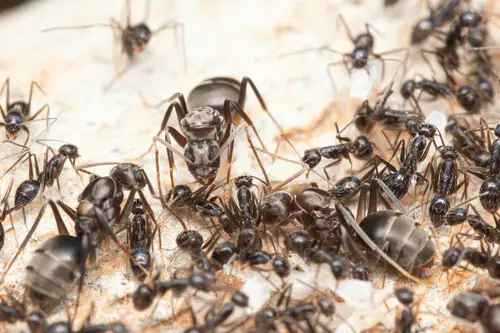
Paratrechina longicornis is arguably the easiest ant for beginners because they are highly adaptable to their environment. Originated from India, it has spread through trades to many places in the world including Africa, Asia, Australia, Europe, North America, South America, and many islands.
Also known as the longhorn black crazy ants, these black ants possess a pair of very long antennae and move extremely fast in an erratic manner. They feed on live and dead insects as well as sugary food.
Black crazy ants are polygynous, which means they can have more than a queen in their nest. Their nests are typically small or moderate in size but the colony can live for many years. The size of workers is about 0.1 inch (3 mm) in length. They do not bite or sting.
Paratrechina longicornis is a disturbance specialist, where they are commonly found in places with human activities. This means you can easily find them around your house. I’ve found their nests 4 times at my house in 2 years: underneath the water dispenser, below a flower pot, inside a pack of planting soil, and inside wall crevices. They can quickly move their nest when disturbed. While this species of ant can survive in both moist and dry environments, they do prefer some moisture.
Myrmica rubra
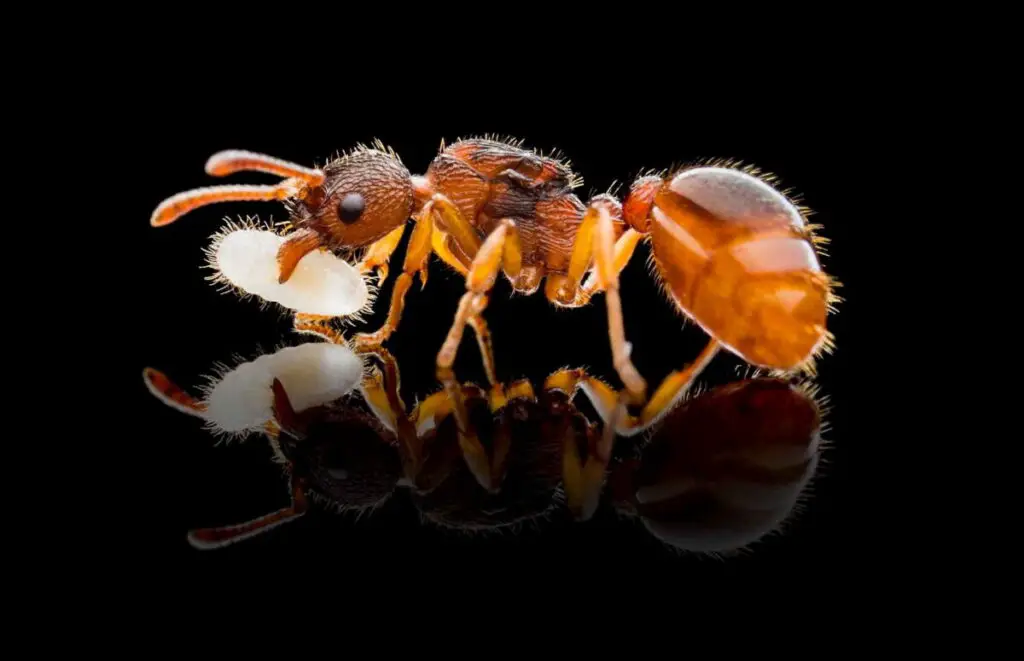
Myrmica rubra is also known as the European fire ant. It is a very common ant species in Europe and it has spread to some places in the northeast and northwest of the United States during colonization. This is one of the simplest ants to keep and hence I recommend this to all beginners.
This dark-reddish ant is a medium size species, with their worker size ranging from 0.15-0.24 inch (4-6 mm). Be careful when handling them because they can sting. Their sting is not very painful though. This species is a good hunter and it feeds on a variety of insects. Like many other ants, this species also feeds on honeydews produced by the aphids.
Myrmica rubra can have more than one queen in their nest. The queen is semi-claustral, which means they need food when founding the colony. In captivity, the Myrmica rubra colony can survive for 3-4 years. Some ant keepers reported that by adding new queens into the colony each year, they can extend the life of the colony since the aged queen is replaced by younger queens. Having said that, they are more willing to accept a new queen if she comes from the same colony as the existing queen, or when the existing queen is weak, or has died.
Myrmica rubra prefers a high humidity nest. Because of this, you should choose a nest setup that can tolerate the growth of molds. If you are keeping them, maintain the temperature around 5-10 °C in the winter so that they can go into diapause.
Camponotus spp.
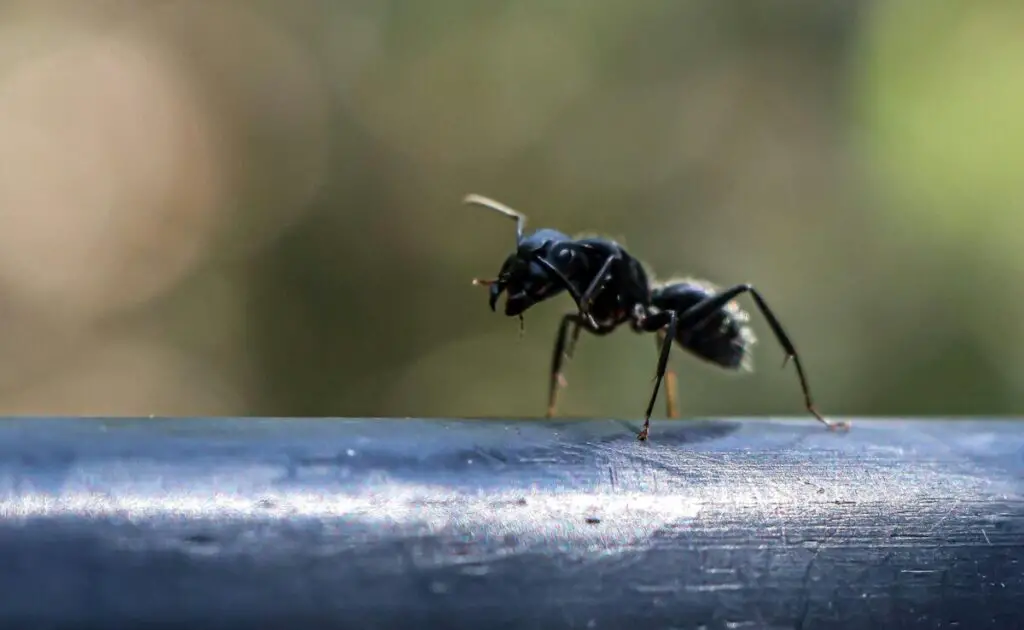
Camponotus is a genus of ants that can be found worldwide. It makes a great choice for any beginner who wants to start ant keeping because they are so easy to take care of.
Generally known as the carpenter ants, Camponotus ants are large in size and can be as big as 1 inch (2.5 cm) in length. They got their name because they chew wood and make it their nest. However, they do not feed on wood. While these ants prefer sugar-based food, they also feed on dead insects.
Camponotus spp exhibit polymorphism in their workers, which means they have workers of 2 sizes. The major workers are those with bigger size. They often have bigger heads and jaws (known as mandibles) which make them better at fighting. While their jaws may look fearsome, they don’t usually bite unless disturbed. Meanwhile, the minor workers are smaller in size. Both types of workers don’t have a stinger.
Camponotus spp population growth rate is relatively slow. Patience is required when keeping them. A well-taken care nest can live for 15 years or more. The longest known lifespan of Camponotus queen is 26 years in captivity.
Depending on the origin of the species, some of them require diapause while some do not.
Lasius niger
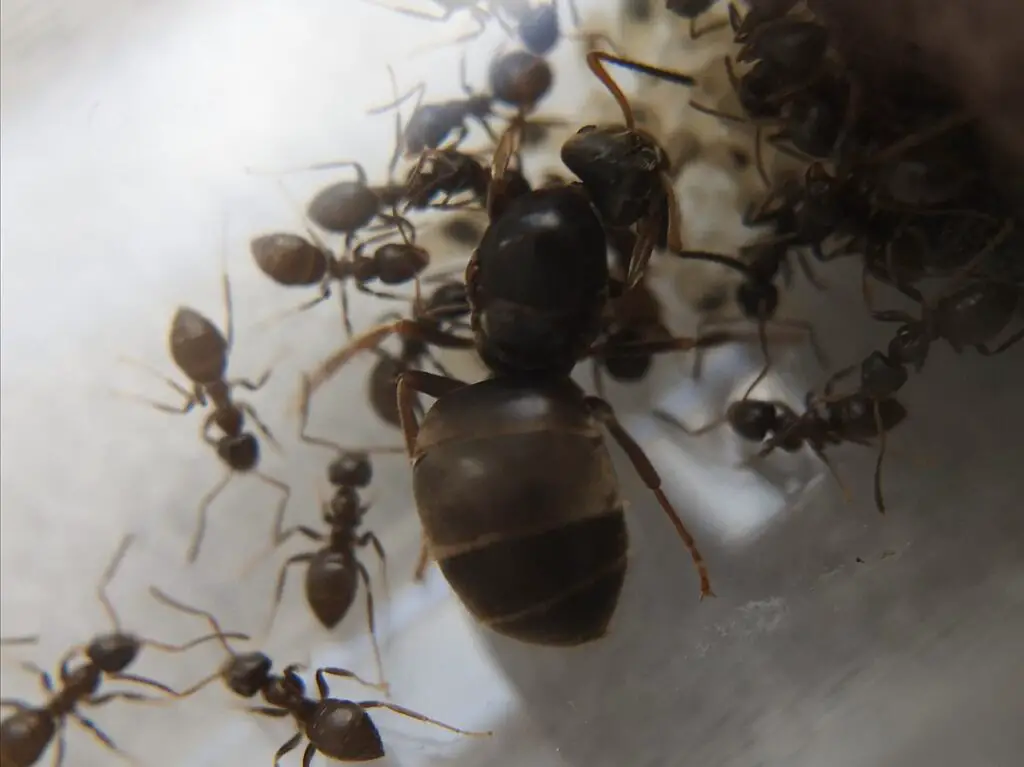
Lasius niger is also known as the black garden ant. It can be found in Europe and parts of North America and Asia. Lasius niger makes good ants for beginners because of their hardy nature, where they can tolerate dryness and starvation for a longer period of time.
Lasius niger is dark brown in color and about 0.14-0.2 inch (3.5-5 mm) in length. They are monogynous, meaning they have 1 queen in a colony. In nature, however, the queens may temporarily collaborate to establish their colonies. At a later stage, they will attack each other, leaving the fittest queen alive. Sometimes all of them will get killed and the colony will collapse.
This species feeds on sugary food and dead insects. They are not too sensitive to moisture. Hence, you only need to make sure the nest is moderately moist. A well-taken care colony can live for 15 years or more.
Formica fusca
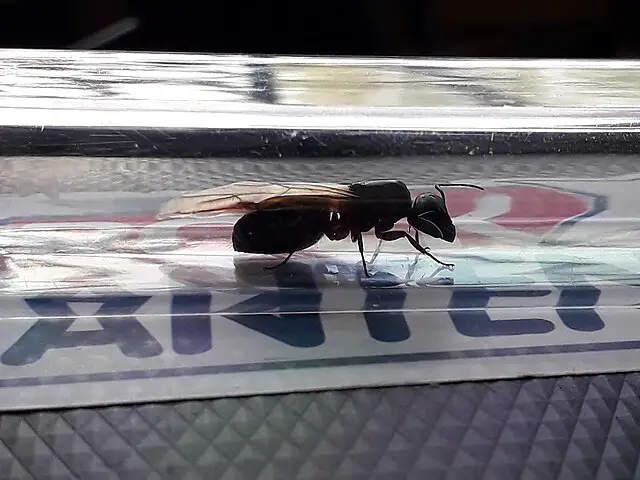
Formica fusca are black colored ants found in Europe, Africa, and Southeast Asia. They are about 0.3-0.4 inch (8-10 mm) in length. They form a small colony and are easy to keep due to their resilient nature.
While the queens of Formica fusca may form a colony together, they may also form their colony alone. The queens may continue to coexist indefinitely, or they may rally their workers to attack each other.
Formica fusca has single size workers. They can run quickly and may spray formic acid when threatened. They are generally not aggressive, and their attacks are not really painful. They feed mainly on small insects and sugary food. This species requires high moisture in their nest. Hence, a formicarium that is mold-tolerant should be used to contain them
The longest known lifespan of Formica fusca nests in captivity is 17 years.
Messor barbarus
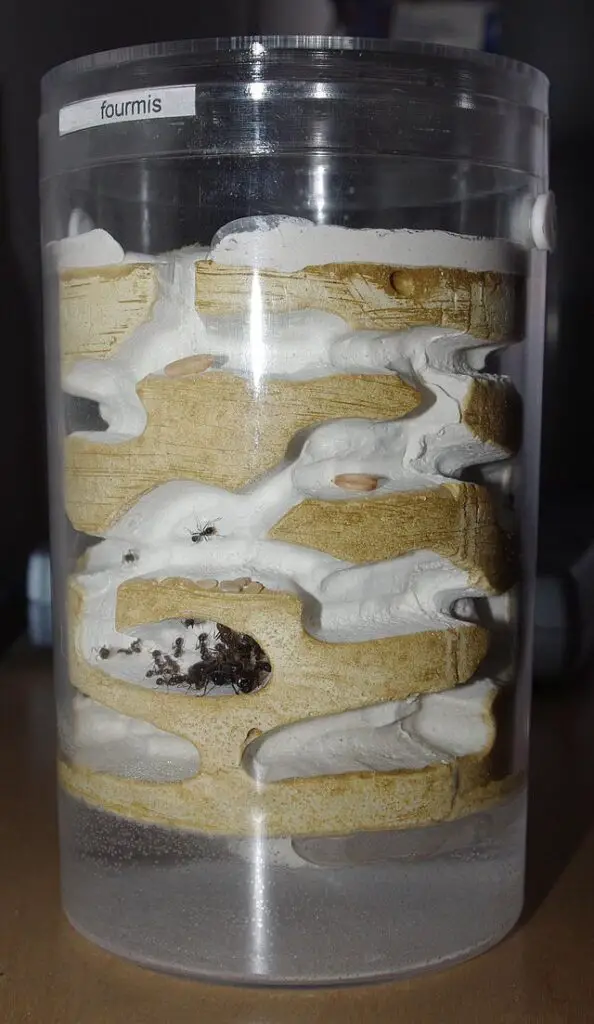
Messor barbarus is known as the harvester ants or seed ants. The name Messor originated from the assistant of the Roman agricultural god, which is specialized for harvesting. It is found in the Mediterranean.
In nature, each colony always has only 1 queen. However, it was reported that the colony can have more than 1 queen in captivity and only in captivity. The queen can live for 15 years or more. There are 2 types of workers in the nest – the major and the minor workers. The major workers can grow up to half an inch (13 mm). Messor barbarus can form a large colony.
Messor barbarus feed mainly on seeds, which they collect and store in their nests. This means you can keep them unattended for a long period of time with their seed storage for as long as water and moisture are present. This species also feeds on sugary food and fresh dead insects.
Veromessor pergandei
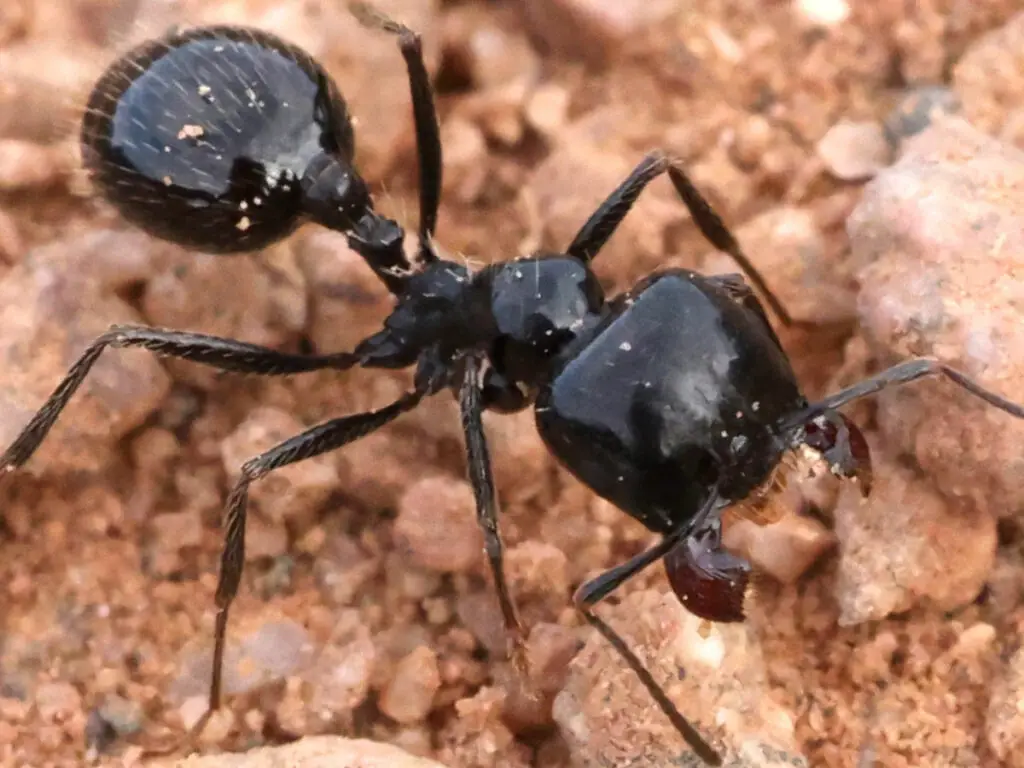
Veromessor pergandei is a type of harvester ants found in the United States and Mexico. It is closely related to the Messor spp. In contrast to Messor barbarus, this species is very tolerant to dryness as its common name, the desert harvester ant, suggests.
Veromessor pergandei is polygynous, with more than a queen in their huge colony. There are major and minor workers in this species. The major workers of this species can be as big as 0.3 inch (8 mm) in length and have big mandibles.
Like Messor barbarus, this species feeds primarily on seeds. Because they store the seeds in their nest and can tolerate dryness, they can be left unattended for a long time.
Tetramorium immigrans
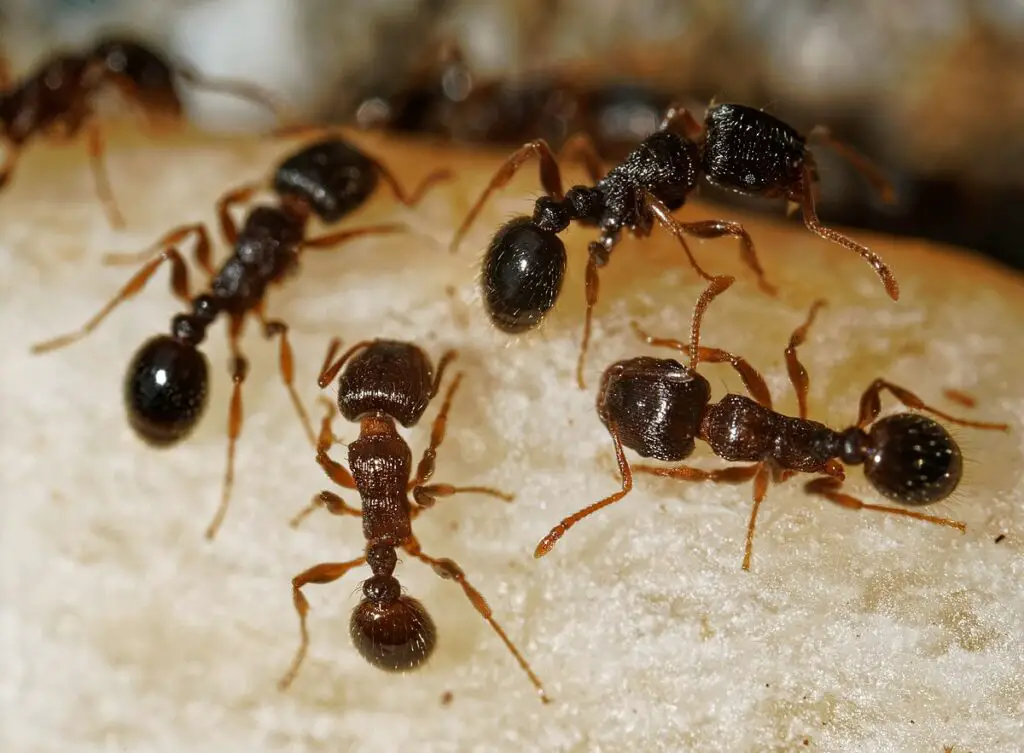
Tetramorium immigrans are Mediterranean ants, but they can also be found in the United States. They are dark brown in color and have single size workers. The workers are small, about 0.15 inch (4 mm) in length. The workers may sting when threatened, causing a mild pain.
Similar to Lasius niger, the queen of Tetramorium immigrans may collaborate to establish a colony. However, after workers emerge, the queens will start killing each other to take over the colony by herself.
This species feed mainly on insects, but they do feed on other sorts of food as well. Some level of humidity is required to maintain the colony.
Iridomyrmex bicknelli
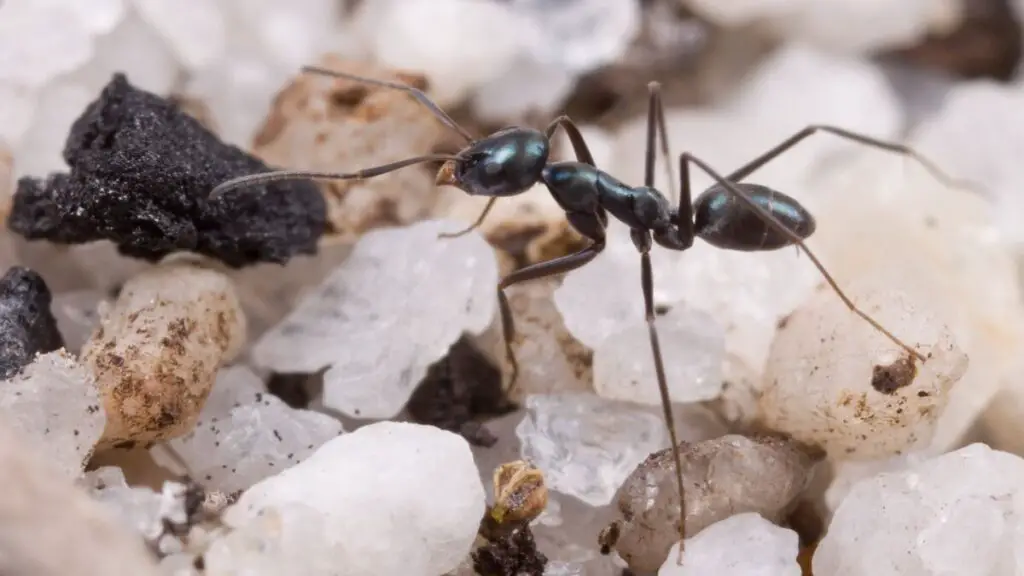
Iridomyrmex bicknelli is one of the most common species in Australia. It is a timid species that has no stinger and rarely bite. They reside mostly in sandy environments and can form a large colony.
Iridomyrmex bicknelli have only a queen in every nest. The workers are blackish and small in size, with up to 0.2 inch (5 mm) in length. They feed on small insects and some sugary food. This species is able to tolerate low humidity and they breed very fast. If the colony is well taken care of, it can survive for 10-15 years.
Final Thoughts
There goes the list of ant species for beginners. Depending on where you live, you might or might not be able to get hold of them. Even if you can’t get those species, you should still go ahead and start with whatever species that you can get because it will still give you tremendous experience on ant keeping.
Check out my guide on ants keeping if this is you need help on starting and maintaining your own ant colony.

